Following the piloting process of Advanced Manufacturing Labs for H/VET through the Collaborative Learning Factory (hereafter CLF), the EXAM4.0 partners we have piloted 16 technologies embedded in Industry 4.0.
The following image shows the overall structure of the piloting process.
Labs for Advanced Manufacturing-CLF
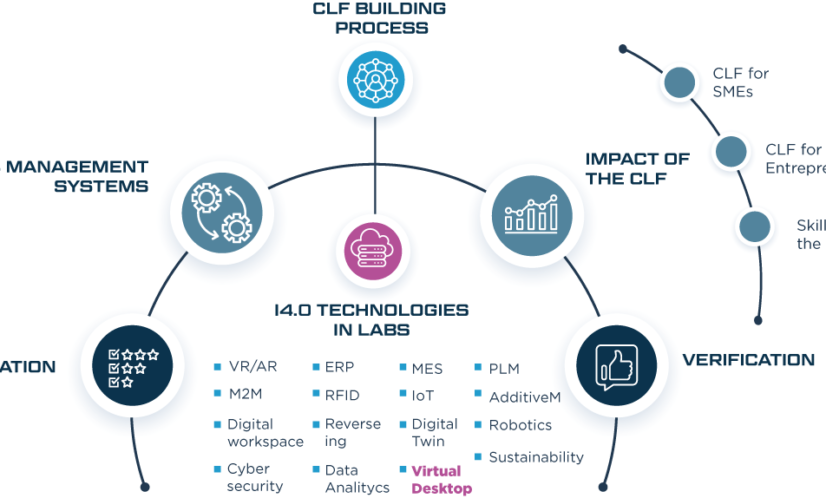
The present report is the one out of 16 I4.0 technology described within the “Industry 4.0 technologies in labs” section, specifically #11 Virtual desktops.
DEFINITION AND APPLICATION OF VIRTUAL DESKTOP IN INDUSTRY
Virtual desktops are preconfigured images of operating systems and applications in which the desktop environment is separate from the physical device used to access it. Users can access their virtual desktops remotely and with any device (Vmware, 2021).
Virtual desktops are often centrally managed, eliminating the need to install updates and applications on individual machines. In addition, the access points can be less powerful, since most of the computing processes take place in the data center. Data is also stored in the data center and not on individual machines, which can improve data security.
The only restriction is that the system that supports virtualization must have sufficient resources, such as RAM memory, speed of reading, access and transfer to disk, processor speed, etc. That is, each virtualization relies on specific physical resources of a real machine, and those resources are fully reserved for each virtualization (Arsys, 2021).
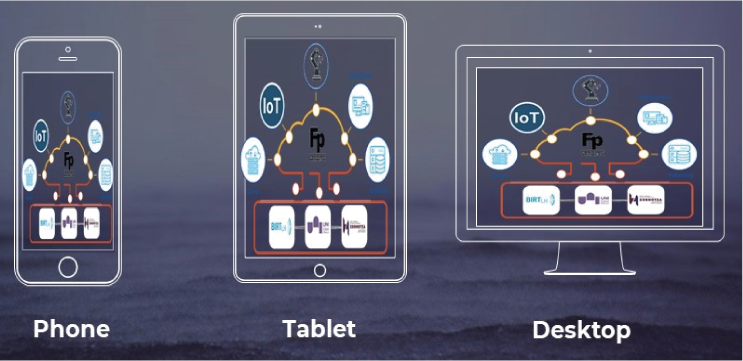
Figure 1: FProject Virtual Desktops in 3 devices. Source: FProject
There are two main types of virtual desktops: VDI and DaaS. The first type is Virtual Desktop Infrastructure, and it refers to the technology that allows organizations to run them in virtual machines installed on on-premises or external servers, such as IaaS. The second type is the Desktop as a Service, which offers basically the same thing, but with the particularity that the Cloud provider is in charge of providing resources, creating images or making the necessary updates.
VIRTUAL DESKTOP IN HVET/VET LABS
In the first place, servers that would support the virtual desktops will have to be purchased or rented. A server is a computer specifically designed to process information and programs, and distribute them among the computers that are connected to it. They are designed to support high workloads and/or so that they are always available and users can access their resources, be it software, data, etc. When designing a server/client network it is important to take into account:
- The manufacturer
- The necessary hardware
- The needs of the company
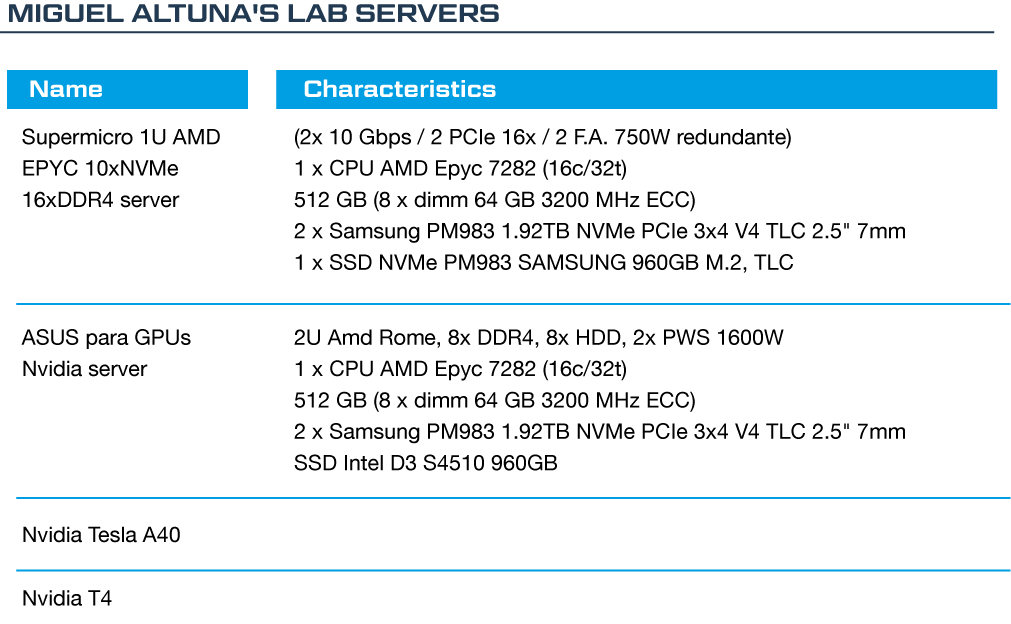
Second, the installation of the necessary software is needed. They carry their own operating system (different from a desktop computer) and they allow, among other things: the creation of user profiles, passwords, remote administration, etc. Typically, computers that perform server roles carry a server operating system. In the case of Miguel Altuna, a Microsoft software is installed. In the case of Microsoft, the family of operating systems intended for use with servers is Windows Server. Server operating systems usually do without those utilities more intended for the end user. At the same time, they incorporate their own tools for managing the network and resources.
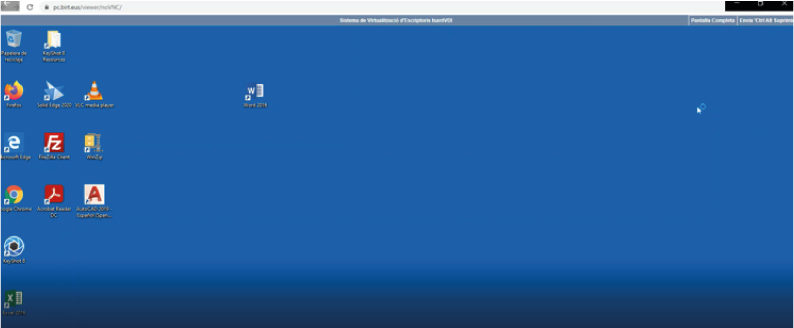
Figure 2: FProject virtual desktop with windows software. Source: FProject
Once the software is installed, the necessary applications will be installed (MES, PLM, ERP, etc.) with their respective license numbers. Depending on the use and number of users, the virtual desktop partition will have to be made. Once the partition is made, each HVET will take the number of virtual desktops that correspond to it.
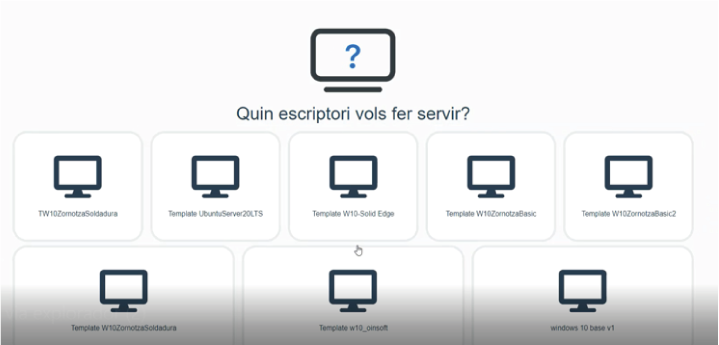
Figure 3: FProject desktops partition. Source: FProject
The CLF that is going to be launched has divided its production process into 4 stages (product design, process engineering, production and assembly) as can be seen in the following image. Within these stages, Virtual Desktop is going to be incorporated in all of those stages.
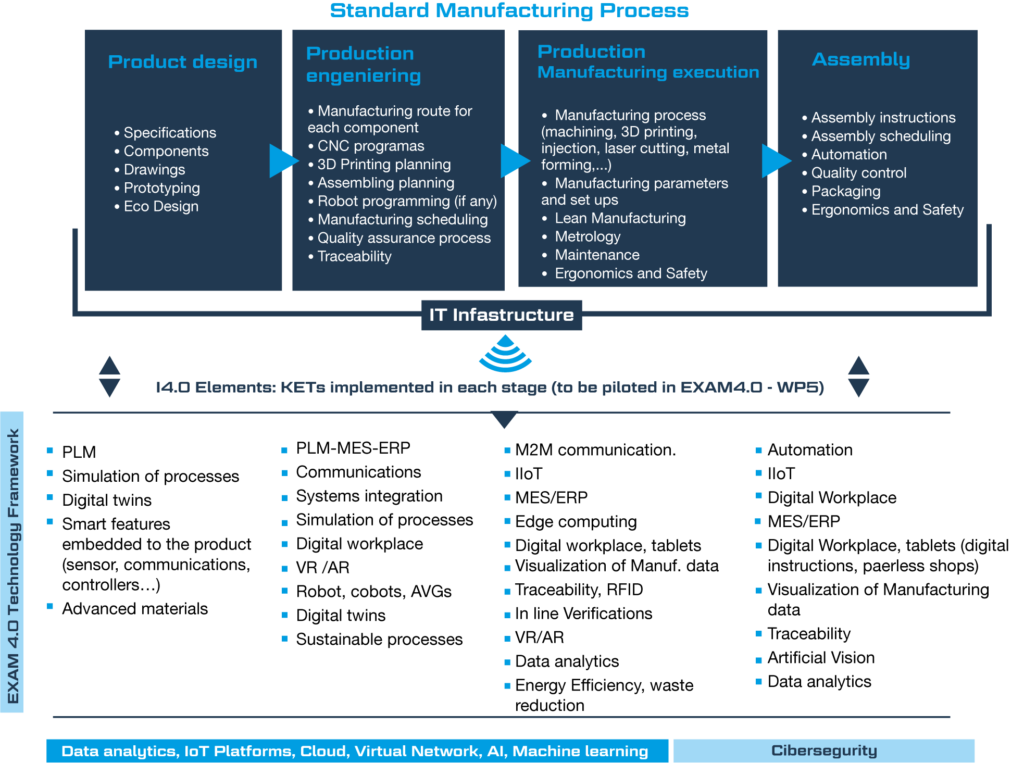
Figure 4: EXAM4.0 CLF value chain Source: Author’s creation
The main function of the introduction of this element would be to support all the applications of the production process. In this way the MES, ERP, PLM and other programs would be centralized, being accessible to them from any workshop and with any device.
The situation generated by the Covid19 confinement has increased the need for access to the resources of the centers from anywhere. The lack of access to these resources has made it impossible for students to receive optimal training. In addition to confinement, for online training, reverse training and dual training, access to these resources at any time and from anywhere is essential.
On the other hand, their management wants to emphasize that the use of resources will be maximized by being accessible at all times. It will increase the longevity of the computer parks belonging to centers, students and teachers since practically all the computation will be supported by the Cloud.
Another aspect to emphasize is the opportunity that will be given to students who cannot afford the acquisition of adequate computer equipment to carry out their studies. Finally, with this solution the maintenance of classrooms with computer equipment will be greatly simplified.
The fact that the Virtual Desktops are located at one point and work from the network, brings many benefits. Among them are:
- Reduction of support, infrastructure and hardware costs and new deployments. All the equipment would be installed in one of the workshops or would be subcontracted, making purchase and maintenance easier and cheaper.
- High scalability and flexibility. Having a virtual desktop infrastructure in the cloud allows you to easily increase the number of desktops, in this way it would be easy when more HVETs wanted to participate.
- Increased productivity and flexibility. The individual workspace will always be available, regardless of where the employee is or what access device they use. This allows you to keep up with your work without interruptions while traveling or from home if necessary.

Figure 5: working anywhere and anytime of FProject. Source: FProject
- More storage space. The capacity of the cloud is not infinite, but almost. By using virtual desktop technology each user will have access to much more storage space for applications and files than they would have on a physical hard drive on their device. This is especially important if they are working with mobile devices, such as smartphones or tablets, which do not usually have a large storage capacity.
- Increased information security. Working with a remote virtual desktop means that the data is no longer on the device, but is stored in the cloud. Thus, in the event of a breakdown, theft or cyber-attack directed at the physical device, the information is safe and backed by one or more backup copies in the cloud.
The insertion of Virtual desktop technology is going to help on developing competences such as:
- Schedule productions, production planning, quality control and measurement procedures, maintenance planning.
- Prepare the procedures for the assembly and maintenance of equipment, defining the resources, the necessary times and the control systems.
- Supervise and / or execute the machining, assembly and maintenance processes, controlling the times and the quality of the results.
- Supervise the programming and tuning of numerical control machines, robots and manipulators for machining.
- Determine the necessary provisioning through an intelligent warehouse.
- Ensure that manufacturing processes conform to established procedures. Applied metrology.
- Manage the maintenance of resources in their area. The individual workspace becomes always available, regardless of where the employee is or what access device they use. This allows to maintain the rhythm of work regardless of the devices that the HVETs have. Furthermore, in the event that a new center wanted to participate, it would not need a large investment in computer equipment.
COLLABORATION OPPORTUNITIES OPENED BY VIRTUAL DESKTOP
The technology itself is a collaborative facilitator. Having a unified server to pull from exempts other HVETs from having to upgrade their hardware for capacity reasons. This also helps delay scheduled obsolescence, as capacity is not associated with the hardware but with the server.
In addition, by having to install the licenses of the applications on this server, the licensing contracts will be made between all the HVETs, being able to get lower prices by hiring more quantities of licenses.
Finally, taking into account the benefits of working from wherever you want and the scalability it has, it makes it possible for new participants to participate at any time and regardless of their hardware level.
